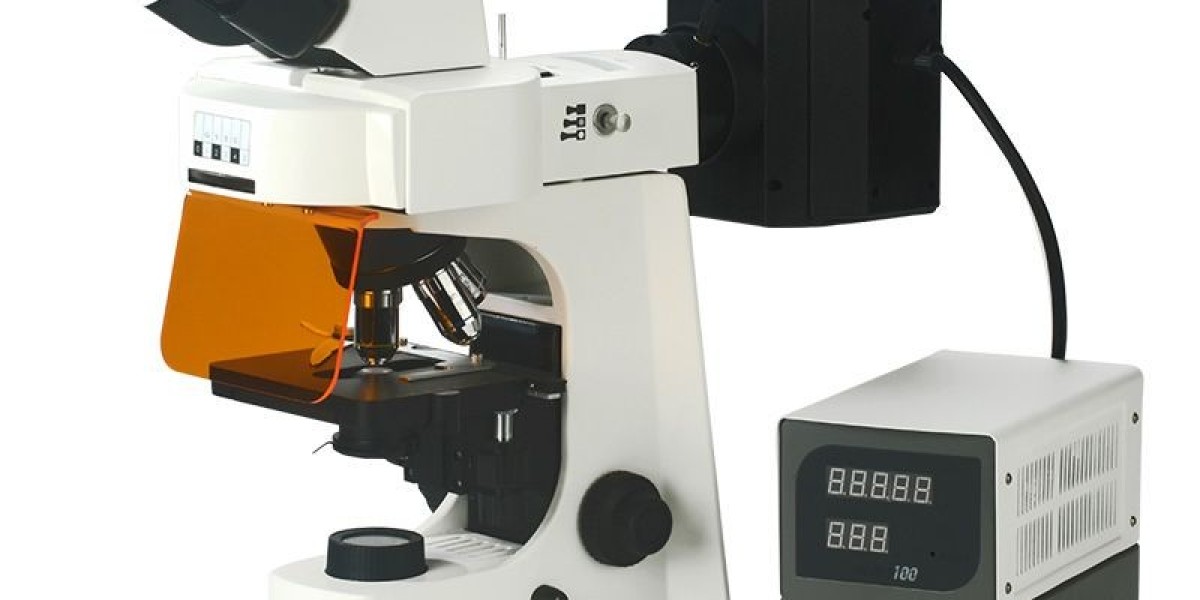The objective lenses of an inverted microscope are situated below the stage, with the specimen resting on top. They are ideal for seeing living cells and tissues because of their design, which makes it simple to manipulate or do additional research on the specimen. However, inverted microscopes also have some negative aspects, which include:
l Limited magnification: The greatest magnification of inverted microscopes is often lower than that of upright microscopes and other types of microscopes. This is due to the fact that there is less room for the specimen because the objective lenses are situated below the stage.
l More expensive: Generally speaking, inverted microscopes are more expensive than other kinds of microscopes. This is because they demand more specialized components and require a more advanced manufacturing process.
l Limited accessories: In comparison to other types of microscopes, there are fewer accessories available for inverted microscopes. This is due to a lower need for accessories as a result of inverted microscopes' lower prevalence.
l Difficult to view thick specimens: The use of inverted microscopes for examining thick materials, such as tissue sections, can be challenging. Due to the specimen having to receive light twice, loss of contrast and resolution may result.
An inverted microscope is not the ideal choice if you want a microscope with the maximum potential magnification. An inverted microscope, however, can be a suitable option if you need a microscope that is simple to use and gives you direct access to the specimen.








